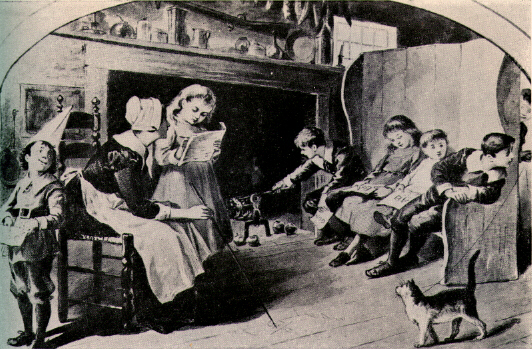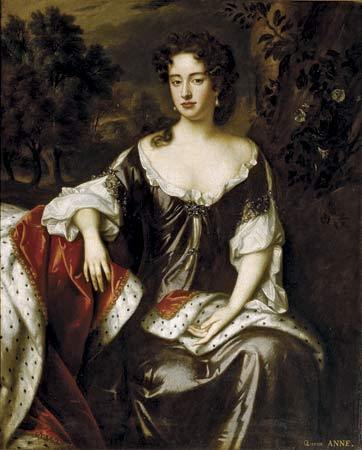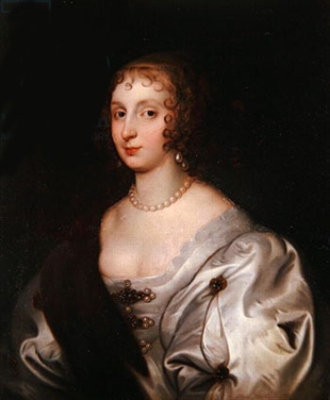Queen Elizabeth was one of England's longest ruling monarchs, and was to reign for most of Shakespeare's adult life. This fact alone displays the simple truth that Elizabeth was a remarkable woman. Her long reign was due to her extreme popularity with her people, as described by Phyllis Rackin:
"Queen Elizabeth brought exceptional political skills to her office, and during the years when Shakespeare was growing up, she was consolidating her remarkable and unprecedented popularity among the vast majority of her subjects.... Queen Elizabeth actively courted her subjects with annual royal progresses through the countryside, so the people who lined the roads could see and speak directly with their monarch during these slow processions." (30)Besides her popularity, Elizabeth was a very capable politician, especially in regards to religion. After the tug-of-war between the Catholic church and the Protestants (instigated by Elizabeth's father Henry VIII and continued by her sister and predecessor Mary I), Elizabeth created was is called the Elizabethan Religious Settlement, a bill passed by Parliament that reaffirmed the Church of England's separation from Rome as well as allowing aspects from both Protestantism and Catholicism. Of all western European rulers during this time, she was the only one to solve this religious conflict. Says historian Richard Dunn, "This achievement alone is a good enough reason for nominating Elizabeth the ablest politician of her time" (Rackin 32).
Although this is a very brief look at Queen Elizabeth, even the barest of examinations show that she was undoubtedly a huge part of the culture and society of England during Shakespeare's life. Elizabeth was a patron of the arts (discussed briefly here), and Shakespeare would almost certainly have been influenced by her presence in the theaters of London, thus resulting in writing female characters that would have appealed to his queen.
For a more complete summary of Queen Elizabeth's life, visit the Wikipedia page.
Works Cited















